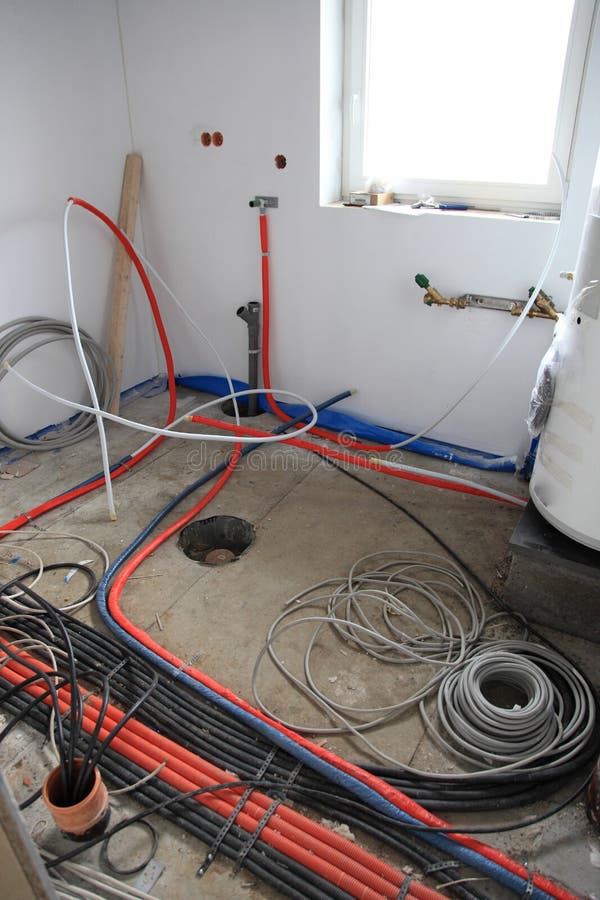Dependable and Expert BRE Electrical Services for every single Task
Dependable and Expert BRE Electrical Services for every single Task
Blog Article
Debunking Electrical Setup: Recognizing Codes and Rules for a Legal and Safe Configuration
In the realm of electric installation, adherence to codes and laws is vital to guarantee both legitimacy and safety. The trip to debunking electrical installment goes beyond mere knowledge with policies; it requires a profound understanding of exactly how to execute risk-free electric techniques efficiently.
Value of Electrical Codes
The adherence to electric codes is essential in making sure the security and dependability of electric installments. Electrical codes work as a collection of standards and guidelines that dictate the proper layout, setup, and upkeep of electric systems. These codes are established to minimize the threat of electric threats, fires, and other security issues that may emerge from defective electric job.

In addition, electric codes are frequently updated to include brand-new modern technologies, best methods, and security actions. Staying upgraded with these codes is vital for experts in the electrical industry to guarantee that their job fulfills the most recent safety and security requirements. Eventually, the relevance of electrical codes exists in developing a safe and secure and reliable electrical facilities that benefits both people and communities.
Trick Rules for Security
Numerous fundamental guidelines control the security criteria in electric installations. One vital guideline is the National Electric Code (NEC), which gives guidelines for secure electric design, setup, and evaluation to shield individuals and residential or commercial property from electric risks. The NEC covers elements such as circuitry techniques, grounding, overcurrent defense, and tools installment to make certain a safe electrical system.
An additional crucial policy is the Occupational Safety And Security and Health Administration (OSHA) criteria, which focus on the security of workers associated with electrical setups (BRE Automation Australia). OSHA policies include needs for proper training, security treatments, and personal safety tools to avoid office accidents and injuries
Additionally, the International Electrotechnical Compensation (IEC) criteria aim to integrate electrical installation policies on a worldwide scale. These criteria address issues like electrical devices security, electro-magnetic compatibility, and energy effectiveness to advertise uniformity and safety in electric installations worldwide.
Compliance with these vital policies is essential to make sure the safety and validity of electric installations, securing both individuals and residential property from the dangers associated with power.
Understanding National Electric Code
Key laws such as the National Electric Code (NEC) offer essential guidelines for safe electric design, installation, and assessment to ensure the defense of individuals and building from electrical risks. The NEC, also referred to as NFPA 70, is a detailed collection of standards for electric installations that are updated every three years. It is developed by the National Fire Security Association (NFPA) and is commonly taken on across the United States.
The NEC covers numerous elements of electrical job, consisting of wiring techniques, grounding, overcurrent security, and devices installation. It intends to protect people and building by attending to potential risks connected with electric systems. Conformity with the NEC is generally imposed by local authorities having jurisdiction (AHJs), such as building code officials this content and inspectors.
Understanding the NEC is vital for electrical professionals, designers, and inspectors to ensure that installments fulfill the needed security demands. By adhering to the NEC standards, specialists can help prevent electric crashes and make sure the dependability of electric systems in domestic, commercial, and commercial settings.

Compliance With Local Building Ordinance
Understanding and adhering to neighborhood building codes is crucial for making certain the security and compliance of electric setups within a details jurisdiction. These codes outline certain demands for electrical setups, such as the type of electrical wiring to be used, placement of electrical outlets, basing methods, and lots abilities.
When it involves electric installments, failing to comply with local building regulations can look at more info cause major consequences. Non-compliant setups might position safety and security threats, boost the threat of electric fires, and bring about costly fines or lawful concerns. Additionally, insurance provider might reject to cover damages resulting from installations that do not satisfy neighborhood building regulations requirements. Consequently, it is vital for electrical contractors and professionals to stay educated around and purely abide by the local building codes applicable to their tasks.
Ensuring Safe Electric Practices
Exercising strict adherence to developed safety protocols is critical in the field of electrical installations to reduce prospective threats and guarantee the health of people and properties. Safety in electrical work encompasses various elements, beginning with the correct training of personnel associated with installment, upkeep, and fixing. It is necessary to adhere to maker directions thoroughly when managing electrical components and tools. Prior to beginning any kind of job, it is essential to carry out a comprehensive risk assessment to recognize prospective risks and implement preventative actions. Utilizing individual protective tools (PPE) such as insulated handwear covers, shatterproof glass, and non-conductive footwear is non-negotiable to safeguard against electrical shocks and arc flashes. Regular equipment assessments, screening, and upkeep routines are crucial to spot and remedy mistakes before they intensify into safety hazards. Moreover, adherence to proper lockout-tagout procedures throughout upkeep tasks is vital to avoid unintended energization of circuits. By focusing on safe techniques, electrical installations can operate successfully while lessening the chance of mishaps or damages.
Final Thought
Finally, adherence to electrical codes and regulations is critical for making certain the security and legality of electric installments. Comprehending the National Electric Code and compliance with neighborhood building codes are necessary for a safe configuration. By following these guidelines and exercising safe electric techniques, view people can stop prospective risks and make sure the correct performance of their electrical systems.
Report this page